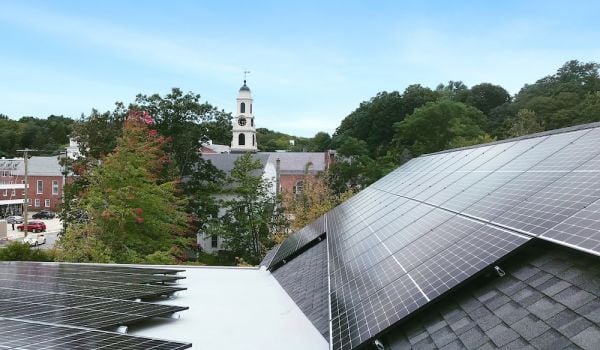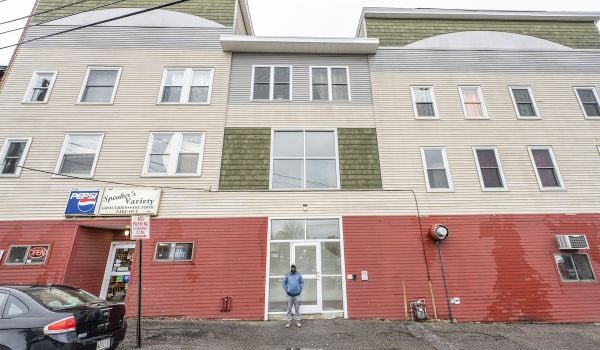Lexington Market is a Baltimore icon. The 240-year-old food market still stands at its original site in downtown Baltimore. A center of commerce for generations, it was even referenced by writers Ralph Waldo Emerson and William Makepeace Thackeray. Now, a project is underway to revitalize the community hub.
The project involves constructing a new building at the Lexington Market site, which is slated to open in the summer of 2022. The existing structure will stay open throughout construction. “That allows us to not have a minute of downtime,” explains Peter DiPrinzio, director of food and beverage at Seawall Development, which is leading the development. “Lexington Market is the longest continually operating market in the United States, and so we said no construction timeline is going to deter our ability to keep that going. So, it’s a new building so we can stay operating and keep the food access during the construction time.”
When it opens, the market will feature all Maryland-based mom-and-pop vendors, but DiPrinzio says there’s been a push to add more vendors that are based in the city of Baltimore. To help these businesses set up shop, Baltimore Community Lending (BCL), a CDFI that exclusively works in Baltimore City, is providing small business loans.
While BCL is still underwriting loans for the more than 40 Lexington Market vendors, Bonnie Crockett, director of small business lending at Baltimore Community Lending, says she expects the average loan to be about $50,000 and will be used to cover equipment, inventory, salaries and working capital to get started.
“Although, I would not be surprised if they get a loan for equipment and then come back to us for a second loan for working capital and inventory,” she says, adding that the organization offers loans between $10,000 and $150,000. “The equipment needs to be purchased well ahead of opening and the other expenses don’t come in until they are actually operating. So, we expect to see a lot of these borrowers twice.”
The CDFI works with small Baltimore businesses that aren’t able to get a loan from a bank or lack collateral. Crockett says one of the biggest challenges with the Lexington Market project is getting the word out that the fund is there and can help businesses get started.
“When folks have been told no over and over, they stop asking,” she says. “So, it’s been a challenge for us to just get the word out to the folks who we can help that there’s somebody out there who is willing to make you a small business loan because they’ve just been turned down over and over again.”
Instead of collateral, BCL requires the businesses receiving loans to go through a free, one-on-one small business training program based on the borrower’s needs. Small-business counseling and training, including building a business plan and creating cash-flow projections, is offered, too.
A rendering of the new Lexington Market in Baltimore (Image courtesy of BCT Design Group) Lexington Market vendors are also provided assistance from food service specialists, including counseling on food costs, recipe building, how many customers to expect in a day and other aspects of running a food and beverage business. To ensure Lexington Market meets the needs of future generations, DiPrinzio says the project has involved community development work, “a lot of listening in church basements over slices of pizza, out and around in communities of Baltimore to develop some of the guiding principles for this redevelopment.” Those conversations revealed that the community wants the revitalized market to be affordable for consumers, include more Black-owned and women-owned vendors, increase the number of businesses owned by city residents and maintain the spirit of the original market. “It has to keep the food and the culture of the city of Baltimore, and part of that is keeping some of these vendors which have been operating for 30 or 60 years,” DiPrinzio says. “It’s really keeping the Baltimore culture within Lexington Market so it’s not just anywhere, U.S. This is Baltimore.” As a Baltimore native, Crockett says she’s been going to Lexington Market all her life and supporting and the prospect of seeing local businesses succeed there is exciting. “Just seeing the market not only become redeveloped but the Baltimore vendors in there taking it back to its roots is thrilling for me personally because I love it here,” she says. “I care about this.” This story is part of our series, CDFI Futures, which explores the community development finance industry through the lenses of equity, public policy and inclusive community development. The series is generously supported by Partners for the Common Good. Sign up for PCG’s CapNexus newsletter at capnexus.org.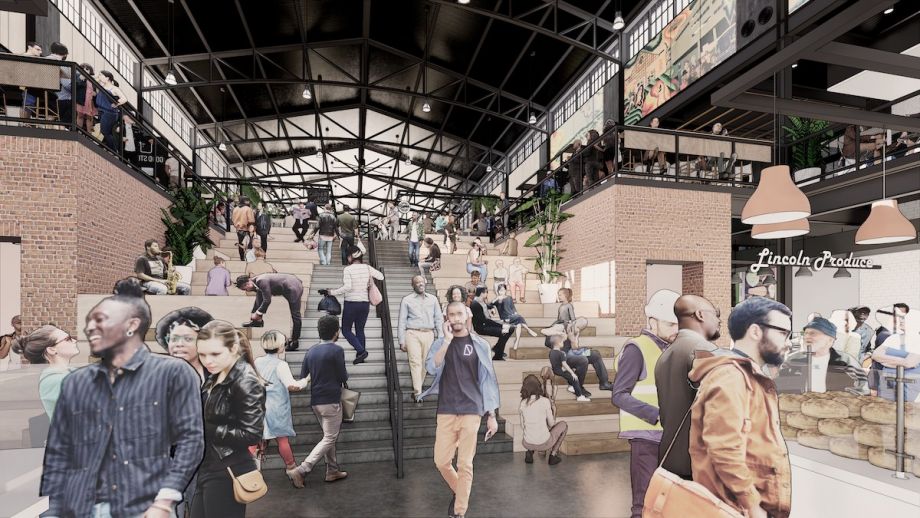

Erica Sweeney is a freelance journalist based in Little Rock, AR. She covers health, wellness, business and many other topics. Her work has appeared in The New York Times, The Guardian, Good Housekeeping, HuffPost, Parade, Money, Insider and more.

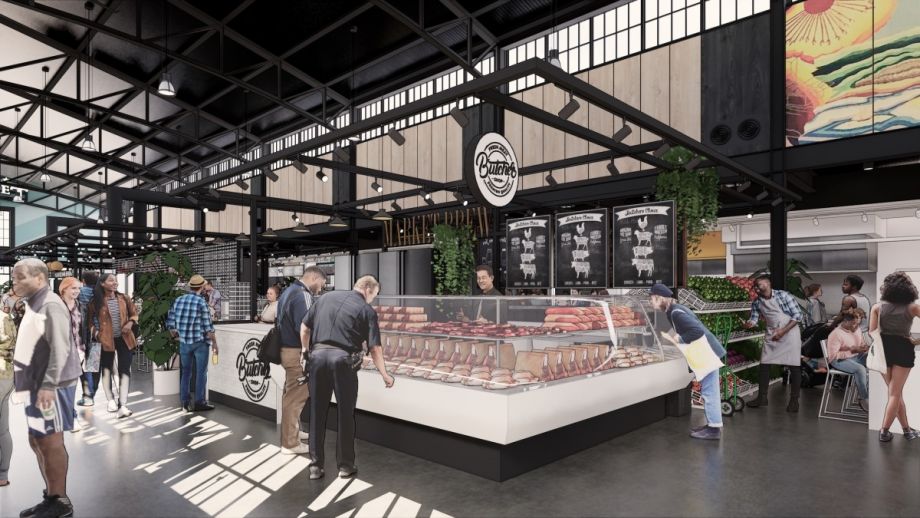
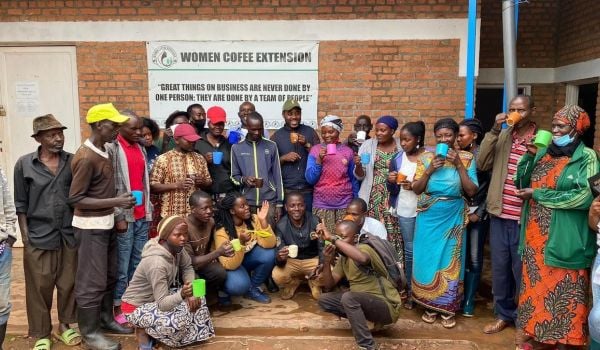


_920_518_600_350_80_s_c1.jpg)
_600_350_80_s_c1.jpg)
